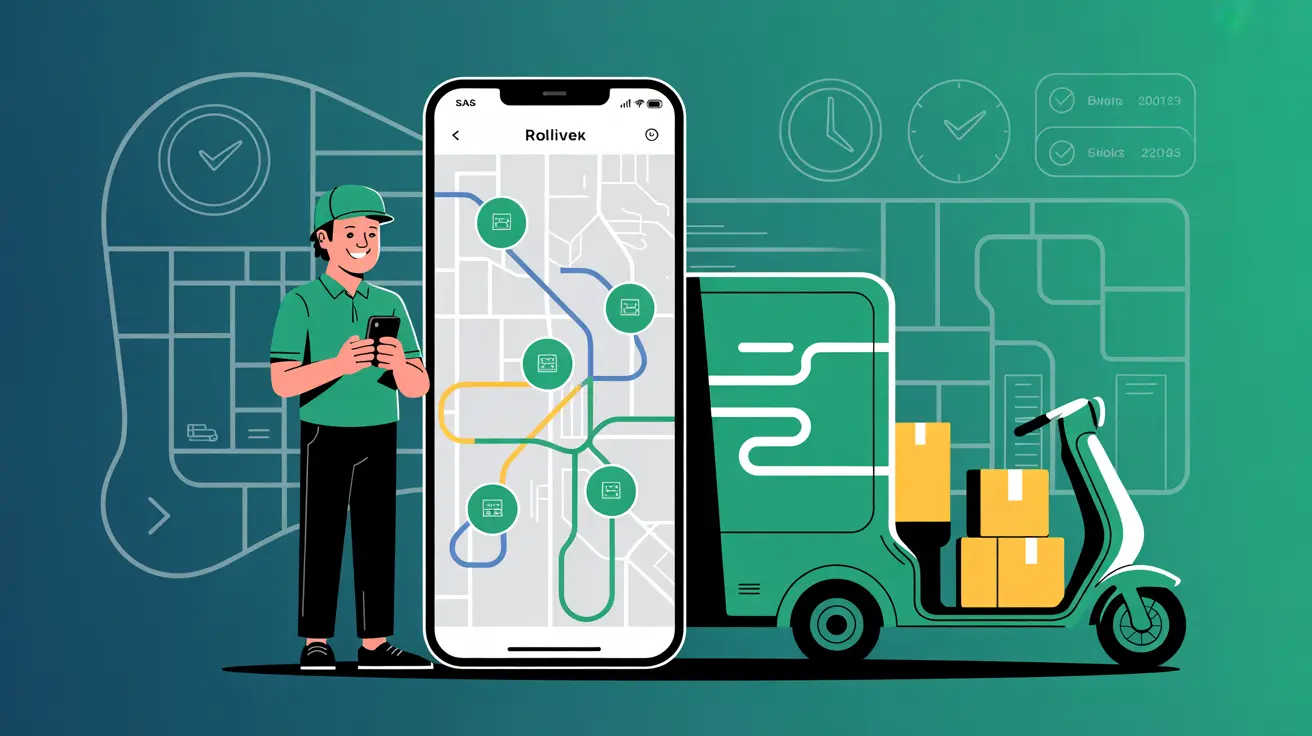5 Key Logistic Metrics Every CEO Should Have on Their Radar
%20(9).webp)
In an increasingly competitive environment, logistics has ceased to be an operational function to become a strategic axis of the business. The efficiency with which a company manages its deliveries, routes and resources directly impacts profitability, customer satisfaction and the ability to scale.
Therefore, it is no longer enough to leave logistics in the hands of the corresponding department: CEOs must be aware of and closely follow certain key indicators, especially in sectors where distribution is an essential part of the value proposition.
In this article we review the 5 logistics metrics that every CEO should have on their radar to align strategic decisions with operational reality. With solutions such as Routal, it is not only possible to measure these indicators in real time, but also to act on them to gain efficiency, reduce costs and provide a better service.
1. First installment success rate
La first effective delivery is one of the main indicators of efficiency in the last mile. If the order is not delivered on the first attempt, costs skyrocket: time is wasted, more fuel is consumed and customer dissatisfaction is generated.
A low success rate in the first delivery is often due to poor planning or poor communication with the customer. Routal Planner makes it possible to improve this ratio by:
- Automatic notifications with estimated time of arrival.
- Flexible selection of time slots.
- Real-time tracking information.
A CEO must keep this KPI under control to ensure that the delivery promise is fulfilled without additional costs.
2. Logistic cost per order
This indicator measures the direct economic impact of each logistics operation. It includes transportation, personnel, fuel, infrastructure and tool costs. If this value grows without increasing sales or complexity, there is an efficiency problem.
Measuring the cost per order allows:
- Identify oversized routes.
- Detect inefficiencies in resource allocation
- Evaluate the ROI of new logistics investments.
With Routal, you can reduce this cost by planning shorter routes, avoiding failed deliveries and making better use of each delivery day.
3. Logistic Service Level (OTIF)
The OTIF KPI (”On Time In Full”) measures how many orders are delivered On time and in full, as promised. It is a critical metric for understanding if logistics is fulfilling its strategic function.
A low OTIF score indicates failures that impact:
- Customer Satisfaction.
- Repeat purchase rate.
- Brand image.
Routal technology makes it possible to improve this indicator through real-time visibility, precise planning and agile reactions to unforeseen events.
4. Average delivery time
This metric allows us to know How long does it take for your company to deliver an order since it is generated. It is vital to evaluate the capacity to respond to demand and to optimize processes.
A CEO should keep an eye on whether the average delivery time:
- It is aligned with market expectations.
- It is improving compared to the competition.
- It is affected by internal bottlenecks.
Thanks to Routal's automatic route optimization, many companies have been able to reduce this time without the need to expand their fleet or staff.
5. Logistic capacity used
Having a large fleet or many hours of work available does not guarantee efficiency if are not being used properly. This metric measures the degree of effective use of logistics resources (vehicles, delivery people, warehouses).
Low utilization means wasted fixed costs. Excessive utilization can lead to operational fatigue and errors. Routal helps balance loads, optimize shifts and redistribute routes to maximize performance without overtaxing the team.
What is not measured, cannot be improved
A CEO doesn't need to know all the details of daily operations, but he should have visibility over key logistics indicators. The best strategic decisions start from rigorous data analysis that reflect the reality of the business.
Tools such as Routal they make it possible to turn logistics into a source of competitive advantage: beyond planning routes, they offer you operational intelligence to reduce costs, improve customer experience and scale solidly.
Do you have these metrics under control? If not, perhaps it's time to transform your logistics into a strategic pillar with the help of technology.




%20(17).webp)
%20(15).webp)
%20(14).webp)


.png)


